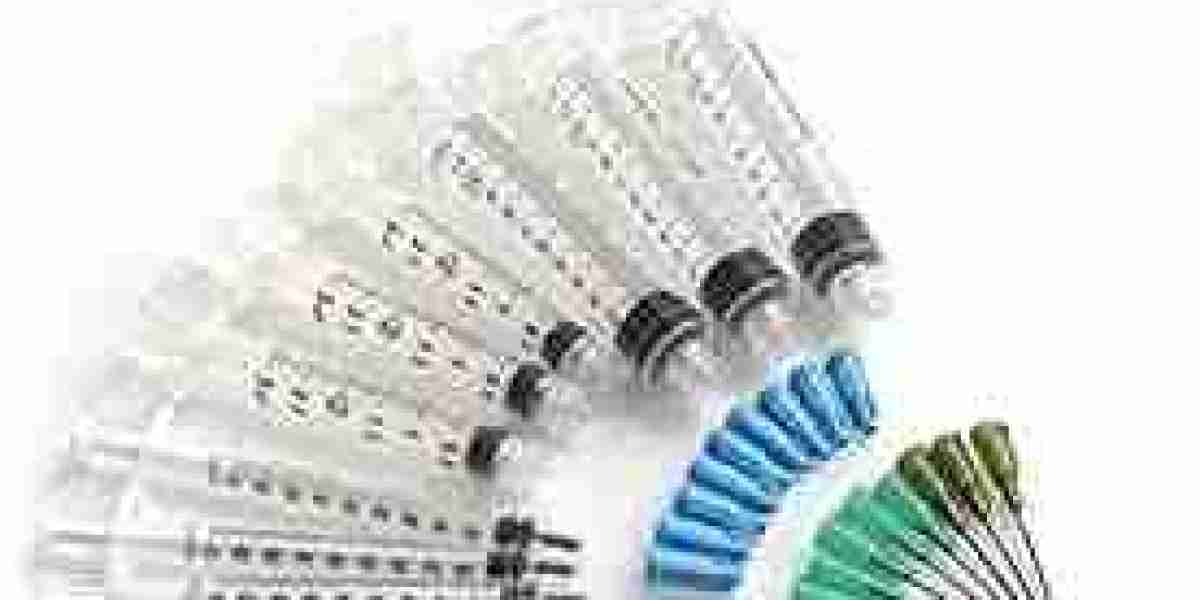Choosing the right Inflatable Boat Fabric is essential for performance, safety, and product lifespan. Today’s market offers several material choices, with PVC (polyvinyl chloride), Hypalon (a type of synthetic rubber), and TPU (thermoplastic polyurethane) being the most widely used.
PVC is the most popular due to its affordability and ease of welding. It’s lightweight and available in multiple colors, making it a favorite for recreational boats and casual users. Hypalon, on the other hand, excels in harsh environments. It resists UV rays, heat, and chemicals better than PVC, making it ideal for professional and military-grade vessels. TPU is a relatively newer option known for being eco-friendly and highly flexible. It offers excellent abrasion resistance and transparency, which suits specialized marine applications.
Each fabric type comes with trade-offs. PVC is cost-effective but can degrade faster under intense sun. Hypalon lasts longer but is more expensive and requires specific bonding processes. TPU sits between the two in both cost and performance, often favored for portable, high-performance inflatables.
Performance Matters: UV Resistance, Abrasion, and Saltwater Tolerance
Beyond base materials, what defines a top-tier Inflatable Boat Fabric is its ability to withstand environmental stressors. Ultraviolet (UV) resistance is critical, especially for boats exposed to prolonged sunlight. While Hypalon naturally offers superior UV protection, PVC can be enhanced with UV-resistant coatings.
Abrasion resistance is another crucial feature, especially for boats that might dock on rocky shores or navigate shallow rivers. TPU and Hypalon typically outperform PVC in this area, although reinforced PVC fabrics with extra layers can also deliver strong performance.
Saltwater corrosion resistance is essential for marine environments. Salt can gradually break down adhesives and outer coatings, leading to leaks or structural failure. Hypalon and TPU have a chemical structure that naturally resists saltwater effects, while PVC may require frequent maintenance or special formulations to hold up.
Bonding Techniques: Heat Welding vs. Adhesive Bonding
The method used to assemble inflatable boat panels also affects durability. Heat welding (also known as thermal bonding) is commonly used with PVC and TPU. It creates a uniform, airtight seal that resists peeling and is generally more stable in varying temperatures. This method is fast, clean, and requires no additional chemicals.
Adhesive bonding, used mostly with Hypalon fabrics, relies on strong glues to fuse the seams. When done correctly, it creates a flexible and secure joint. However, it’s more labor-intensive and requires skilled handling to ensure longevity, particularly in humid or marine environments.
Choosing the appropriate bonding method depends not just on the fabric but also on the boat’s intended use and required longevity.
Final Thoughts
The right Inflatable Boat Fabric is a balance of material, performance, and fabrication technique. Whether you're building a lightweight sport dinghy or a durable ocean-ready vessel, understanding how different fabrics react to UV, abrasion, salt, and bonding processes can help you make the right choice. Each element contributes directly to safety, efficiency, and satisfaction on the water. Explore the capabilities at shanghaimsd.com .




